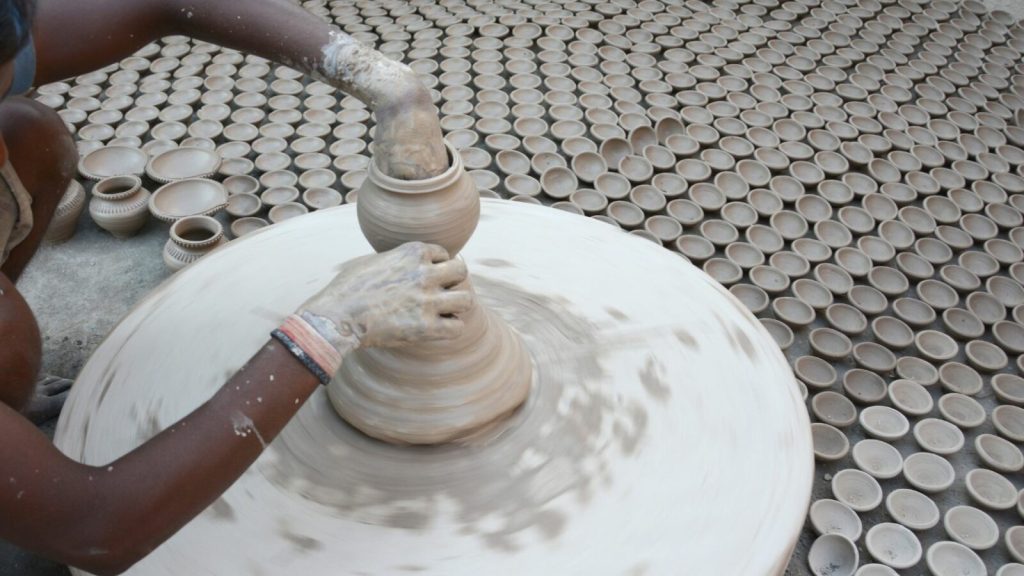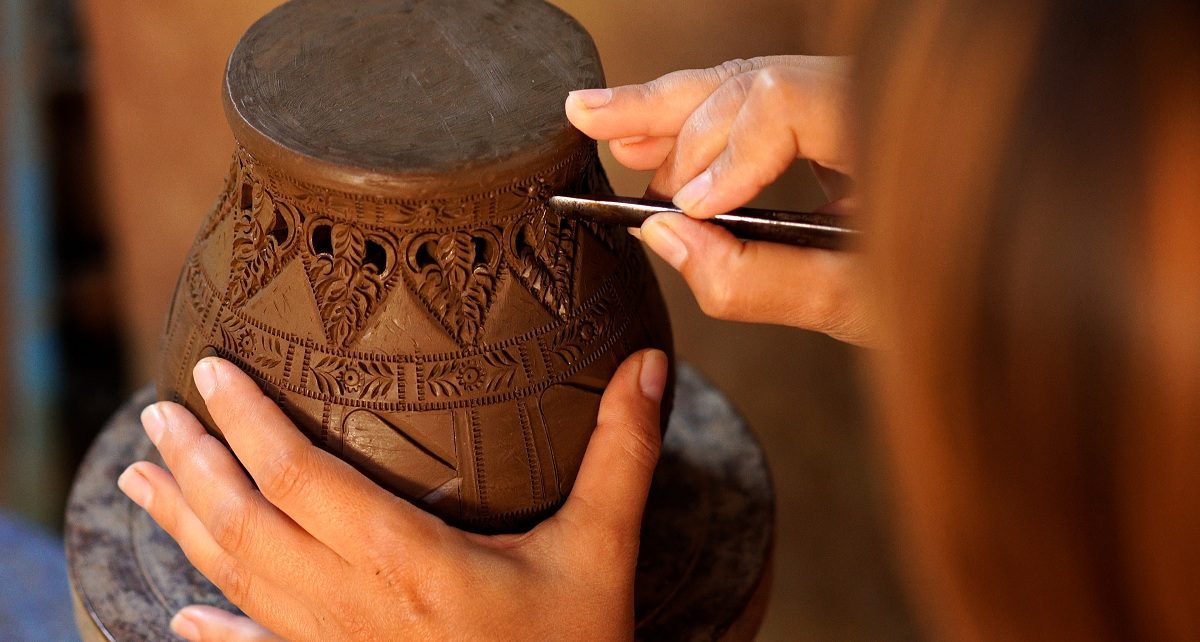Introduction: Rekindling the Past Through Crafts
The 21st century has seen the resurgence of traditional crafts and artisanal skills amidst our technologically driven world. Traditional crafts, a sphere defined by the employment of arts and craftsmanship, draws from the fountain of ancestral wisdom and timeless techniques. There is a burgeoning appreciation enveloping pieces that emanate character, quality, and a grounded sense of history.
The Appeal of Handcrafted Artistry in the Modern World
The distinct charm exuded by handcrafted artistry is unparalleled. The increasing interest in traditional crafts shines a light on the shift away from impersonal, mass produced goods. Steeped in history and culture, traditional crafts carry a deeply personal touch that transcends mere aesthetic value. As the world brims with fast-paced, digitally enhanced trend cycles, the romantic appeal of authentic craftsmanship stands out. Arts and crafts, as a vibrant outlet for creative expression, has thus found a renewed place in people’s hearts around the world.
Sustainability: An Important Part in the Resurgence
The surge in traditional crafting is also emblematic of an awakening global consciousness towards sustainability. In the shadow of mass-production facilities, traditional crafts present an eco-friendly alternative that capitalizes on locally-sourced raw materials. The natural resources utilized in the construction of these crafts further elevate their ecological appeal. Not limited to environmental aspects, traditional crafts embody the key aspects of the sustainability triangle – social, economic and environmental.
Cultural Heritage Preservation Through Traditional Crafts
By honoring the skills and knowledge of our ancestors, traditional crafts serve as a living testament to our cultural heritage. Communities across the United States and as far off as New York have begun to recognize this, striving to incorporate elements of their rich legacies within their creations. Individuals who possess and cultivate these traditional skills serve as the torch-bearers of heritage, sustaining age-old traditions and enabling their transfer to future generations.
Economic Progression Triggered by Crafting Communities
In addition to cultural preservation, artisan communities using traditional techniques have triggered visible economic progression. These communities are breathing new life into endangered crafts, providing meaningful and often sustainable employment options. In the United States and Britain, crafts and artisanal skills have contributed significantly to income generation and poverty alleviation, particularly in marginalized and rural communities.
Bridging Artisans and Global Audience: A New Era of Craftsmanship
The revival of traditional crafts has brought craftsmen and women face-to-face with global audiences. Through online platforms and social media, artisans are now able to sell their products far and wide, connecting with admirers and consumers from entirely different cultures.
Instilling Value in Handcrafted Goods
Consumers are becoming increasingly aware of the hidden value in handcrafted goods. A piece of traditional craftsmanship is not just a commodity; it narrates a story, carries a part of the artisan’s soul, and embodies centuries-old traditional skills. The appeal lies in the intimate connection between the creator and the consumer, transcending the commercial relationship of mass-produced goods.

The Influence of Social Media in the Craft Revival
Platforms such as Instagram, Pinterest, and Etsy have not just connected craftsmen and women with potential buyers, but have also significantly influenced the arts and crafts movement. These platforms serve as a digital stage, spotlighting traditional crafts and artisanal skills, thereby renewing interest and encouraging interaction amongst a global demographic.
Contemporary Designer Collaborations: An Intertwining with Tradition
Contemporary designers are increasingly employing traditional craft skills, leading to a remarkable fusion of traditional and modern. This trend is apparent across diverse fields such as fashion, home décor, and art and design. Take, for instance, studios based in New York creating modern furniture with traditional woodwork techniques, or fashion houses incorporating time-honored weaving methods in their collections.
Conclusion: Future of Traditional Crafts and Artisan Skills
In a future driven by artificial intelligence, robotics, and automation, the survival of humanity’s traditional crafts and skills may seem questionable. Yet, the blossoming revival of traditional crafts suggests a promising continuation. Traditional crafts, anchored in the cultural heritage of our ancestors, continue to adapt, infusing new forms, materials, and techniques, while retaining their essential spirit.
More on the Resurgence of Artisan Skills and Traditional Crafts
Traditional crafts and their resurgence serve as a testament to our continued fascination with authentic, meaningful connections and our innate yearning to preserve our cultural heritage for the next generation. Thus, be it in leafy suburbs or bustling cities like New York, the echo of the arts and crafts movement resonates.

